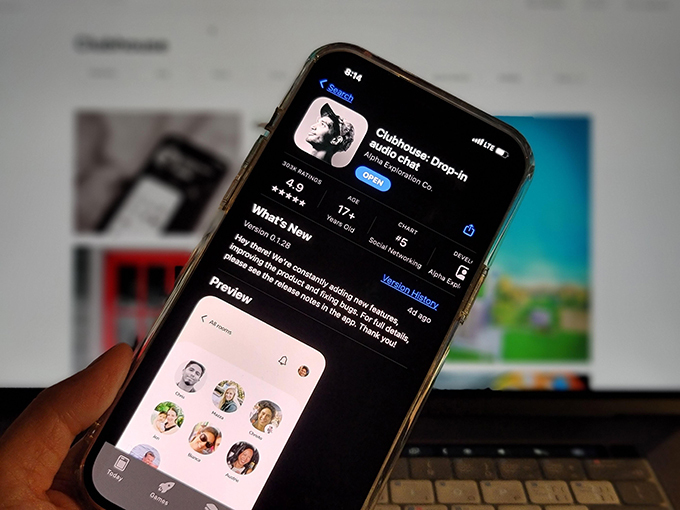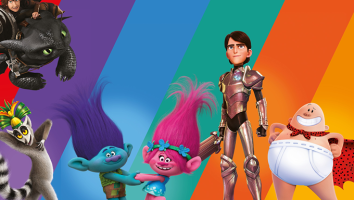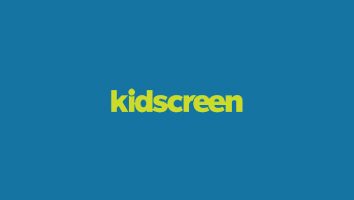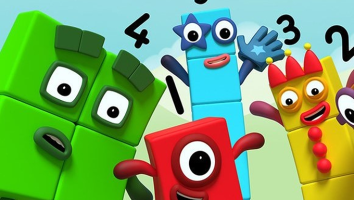A clubhouse sounds like a kid-friendly destination, but the latest social media entrant taking the digital world by storm isn’t quite ready for children. There’s a lot of mystery surrounding the invite-only audio networking app, which is drawing in big celebrity names like Oprah and Tiffany Haddish.
But while Clubhouse may not be ready to welcome kids, history shows youth inevitably gravitate towards these platforms, and experts say kidcos should be familiarizing themselves with the networking app now, rather than be left behind.
What is Clubhouse?
Think of the audio-only app as a mix between an ongoing virtual conference—complete with keynotes from celebs and regular opportunities to connect with others—and podcasts.
The ad-free app (which is only a year old and is still in the beta phase) is free to use. Once invited to set up an account, users are given a list of topics and themes based on their preferences (such as politics, cartoons or music), where they can eavesdrop or listen in on the conversations going on live. Those looking to speak on a topic can take questions from the audience, which can creep up into the thousands. Individuals can also create closed groups with others on the platform to create communities around these discussions.
Is content available to catch-up listening?
No, it’s only available as a live event.
Who is using it?
Clubhouse, which is only available on iPhones, has been downloaded more than 3.2 million times, according to analytics tracker Appfigures in February.
Celebrities and business leaders, including Mark Zuckerberg, Kevin Hart and Drake are a few of the app’s most prominent users. Kids industry professionals from around the world are starting to flock to the app. Sutikki’s global brand director Jo Redfern, for example, created the “The Kids Media Society” group to discuss the business with fellow execs.
User have to be 18 or older to join—though there are no verification processes in place, so kids could be joining the app, and Clubhouse hasn’t shared whether it plans to open up the app to younger audiences.
Why should kidcos care?
The audio-only aspect gives people the chance to interact with others while also juggling other daily activities—you can’t do laundry while on a Zoom call—says Alexa Carlin, an entrepreneur and founder of business growth company Women Empower X (WEX). WEX has racked up more than 30,000 group members and followers since it began hosting weekly sessions that connect women entrepreneurs, as well as tutorials on public speaking, she says.
Clubhouse’s launch coincided with the complete in-person market and conference shut down as a result of the pandemic, providing the perfect storm for the app’s popularity. With few ways of connecting virtually, Clubhouse cuts through many limitations of a virtual conference (such as live interactions with hosts), by giving people an easy way to connect with the communities and companies they’re interested in.
“Getting on Clubhouse now is a sort of early adopter opportunity that only comes around with social media platforms like every 10 years,” says Carlin. “If you can partner with other groups to moderate talks, you can quickly grow your following. Being on it now gives you the chance to grow alongside other brands and the app.”
And while still in its infancy, the app may double as a place to connect with key influencers. In an audio-only space, the bar for entry is lower than a live or virtual keynote. Creators, celebs and influencers can easily share details about their work, without having to set up video presentations, or participate in Q&As, which usually lack the need for visuals anyways.
It’s not inconceivable that one day Clubhouse could very well be a virtual version of consumer facing events like Comic-Con, where fans are invited to hear from their favorite stars. For the film and TV space, the platform lends itself, in theory, to opportunities for Q&As with directors following screenings or even live, audio-only pitch competitions.
Will kids ever use it?
That’s TBD. Age limits aside (and has that stopped kids before?), the app feels a bit more like a business tool than a social platform at this time. Think LinkedIn versus TikTok. That may change down the road as users will certainly help shape the direction the app takes.
But there’s a chance that kids might start turning their ears to the app in the near future, as audio content continues to gain popularity. While it hasn’t shown up on a lot of kids’ radars yet, some of them are starting to look to it as a potential new place to meet with friends, says David Kleeman, SVP of global trends for Dubit.
While Clubhouse isn’t as kid-friendly as Fortnite, the ad-free, screen-free nature of the app could appeal to some kids. And it’s possible teens could start use it as a gathering place, as they have with other platforms not originally meant for them, he says.
So how do I set myself up on Clubhouse?
Existing app users are given two invitations to pass out. Until it’s opened to the broader public, knowing someone on the social site is the best way to get on.
Who should be trying it out?
Brands and kidcos should look at building a presence on the app—and a Clubhouse marketing approach—right away to avoid joining after it’s already over-saturated with content, says Kristen Ruby, CEO of social media consultancy Ruby Media Group. While the app is still in its early days—and it hasn’t cracked its monetization strategy yet—it’s a smart place for companies to be to reach consumers who are hungry for new connections.
Unlike other social media apps, Clubhouse’s culture is more akin to a classroom where people come to learn and network than consume advertisements, adds Ruby. This means companies joining the app need a specific strategy—like setting up regularly scheduled sessions where the different execs share details or inviting creators to talk with fans—to successfully draw people on the platform, she says. The app’s audience isn’t as broad as other platforms, because of its invite only nature and its youth, so kidcos should be prepared for a smaller audience reach early on.
“Think about what community you can build and what you can teach them,” says Ruby. “Think about it like this: you are the professor of a course. What course can you teach? What type of students do you want to attract? The students will be your prospects. Teach first, market second, not the other way around.”
Photo by Erin Kwon on Unsplash



























